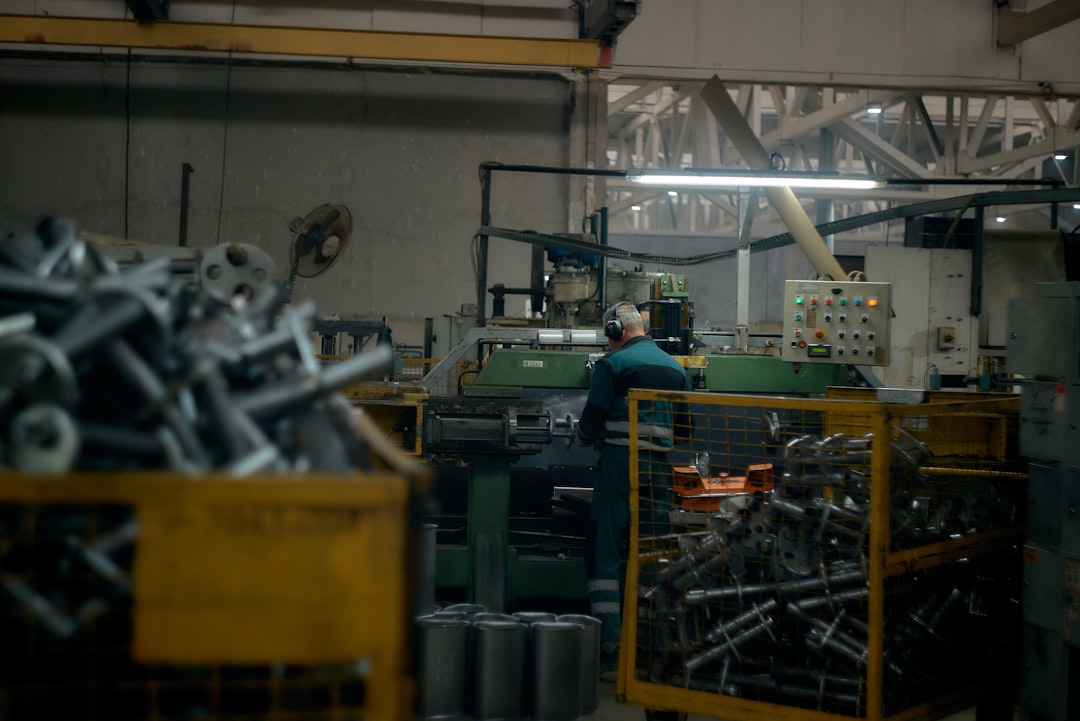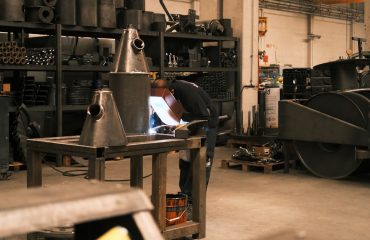The pursuit of zero-defect production is a lofty goal, often perceived as unattainable. However, by strategically implementing robust quality control measures and fostering a culture of continuous improvement, businesses can significantly reduce defects and approach this ideal. This blog post explores the multifaceted journey towards zero-defect production, offering insights and practical strategies to help your organization reach new heights of quality and efficiency.
Understanding the Zero-Defect Philosophy
Zero-defect manufacturing isn’t about achieving absolute perfection where no errors ever occur. Instead, it’s a philosophy centered on a relentless pursuit of excellence and a commitment to minimizing defects to an insignificant level. It’s about building a culture where preventing defects is prioritized over detecting and correcting them. This shift in mindset requires a fundamental change in how processes are designed, implemented, and monitored. It necessitates a proactive approach, focusing on error prevention through meticulous planning, robust training, and the utilization of advanced technologies.
Implementing Robust Quality Control Systems
A robust quality control system is the backbone of any successful zero-defect strategy. This involves implementing a multi-layered approach that incorporates various techniques:
- Statistical Process Control (SPC): SPC uses statistical methods to monitor and control processes, identifying variations and potential problems before they lead to defects. This allows for proactive adjustments and prevents large-scale issues.
- Six Sigma Methodology: Six Sigma is a data-driven approach focused on reducing variation and improving process capability. By defining, measuring, analyzing, improving, and controlling (DMAIC) processes, organizations can identify and eliminate root causes of defects.
- Total Quality Management (TQM): TQM is a holistic approach that emphasizes continuous improvement and customer satisfaction. It involves the entire organization, from top management to frontline workers, in the pursuit of quality.
- Regular Audits and Inspections: Regular audits and inspections provide a crucial mechanism for identifying weaknesses in the quality control process and ensuring compliance with standards. These should be both internal and, where appropriate, external.
Investing in Employee Training and Empowerment
Employees are the driving force behind achieving zero-defect production goals. Investing in comprehensive training programs that equip employees with the necessary skills and knowledge is crucial. This includes training on quality control techniques, problem-solving methodologies, and the use of relevant technologies. Moreover, empowering employees to identify and address quality issues proactively is essential. This requires fostering a culture of open communication where employees feel comfortable reporting problems without fear of reprisal. Creating a system for rewarding employees who identify and solve quality issues can further incentivize this crucial behavior.
Leveraging Technology for Defect Prevention
Technology plays a vital role in achieving zero-defect production. Various technologies can be employed to automate processes, improve accuracy, and enhance monitoring capabilities. These include:
- Automated Inspection Systems: Automated systems can perform inspections with greater speed and accuracy than human inspectors, reducing the likelihood of human error.
- Data Analytics and Predictive Maintenance: Analyzing data from production processes can identify patterns and predict potential problems before they occur, allowing for proactive intervention.
- Robotics and Automation: Automating repetitive tasks can reduce the risk of human error and improve consistency.
- AI-powered Quality Control: Artificial intelligence can be used to analyze vast amounts of data to identify subtle patterns and anomalies that may indicate potential defects.
Continuous Improvement and Kaizen Culture
Achieving zero-defect production is not a one-time achievement but an ongoing journey. Embracing a culture of continuous improvement, often referred to as Kaizen, is essential. Kaizen emphasizes incremental improvements and the active involvement of all employees in identifying and implementing changes. Regularly reviewing processes, seeking feedback from employees and customers, and implementing changes based on data-driven insights are crucial aspects of a successful Kaizen approach. This continuous cycle of improvement ensures that the organization is constantly striving to enhance its quality control measures and reduce defects.
The pursuit of zero-defect production is a challenging but rewarding endeavor. By implementing robust quality control systems, investing in employee training, leveraging technology, and fostering a culture of continuous improvement, organizations can significantly reduce defects and approach this ideal. Remember that it’s not about achieving absolute perfection, but about continuously striving for excellence and creating a culture where quality is paramount.
SEO Tags:
zero defect manufacturing, quality control, lean manufacturing, six sigma, kaizen




